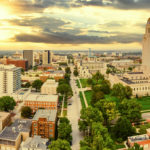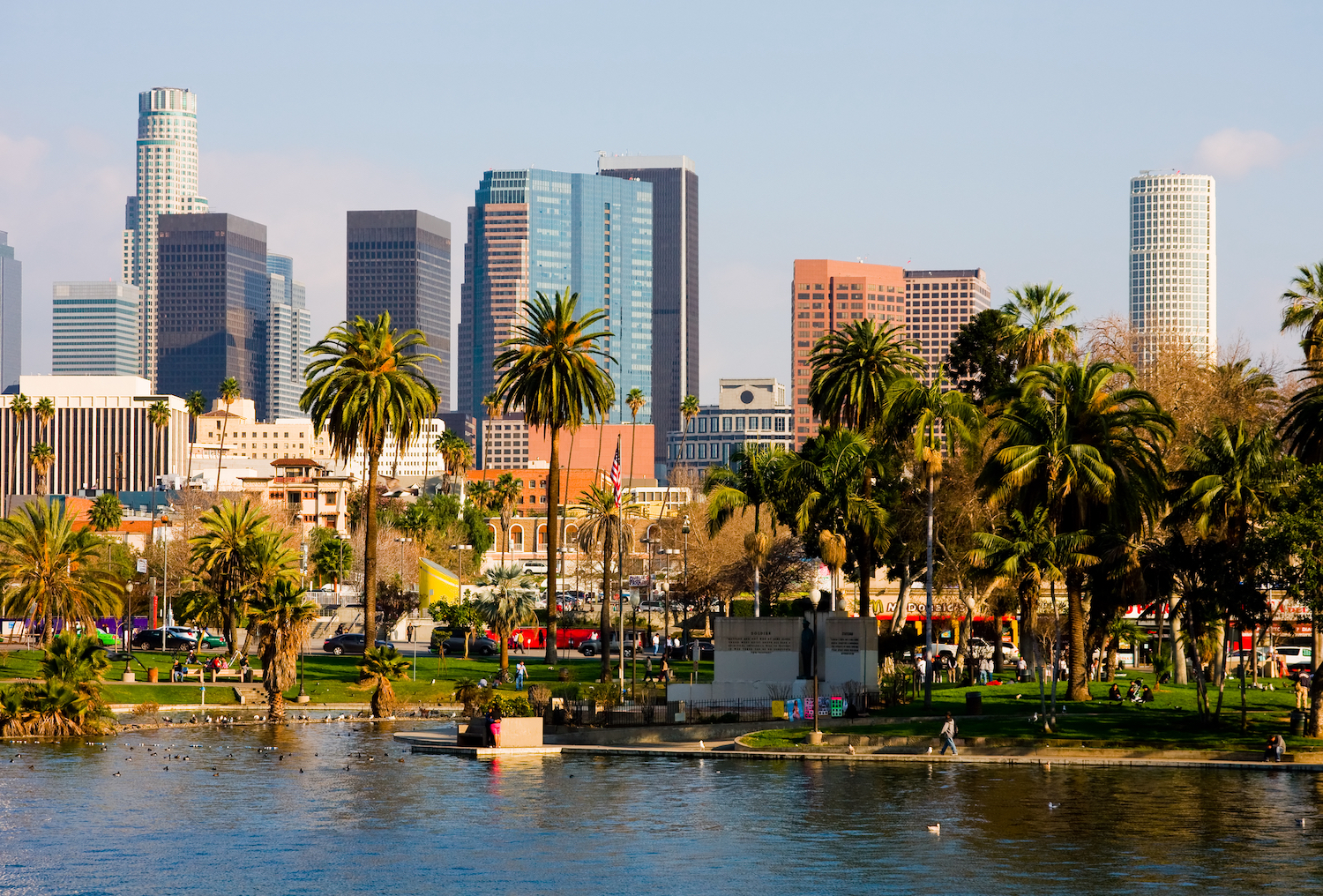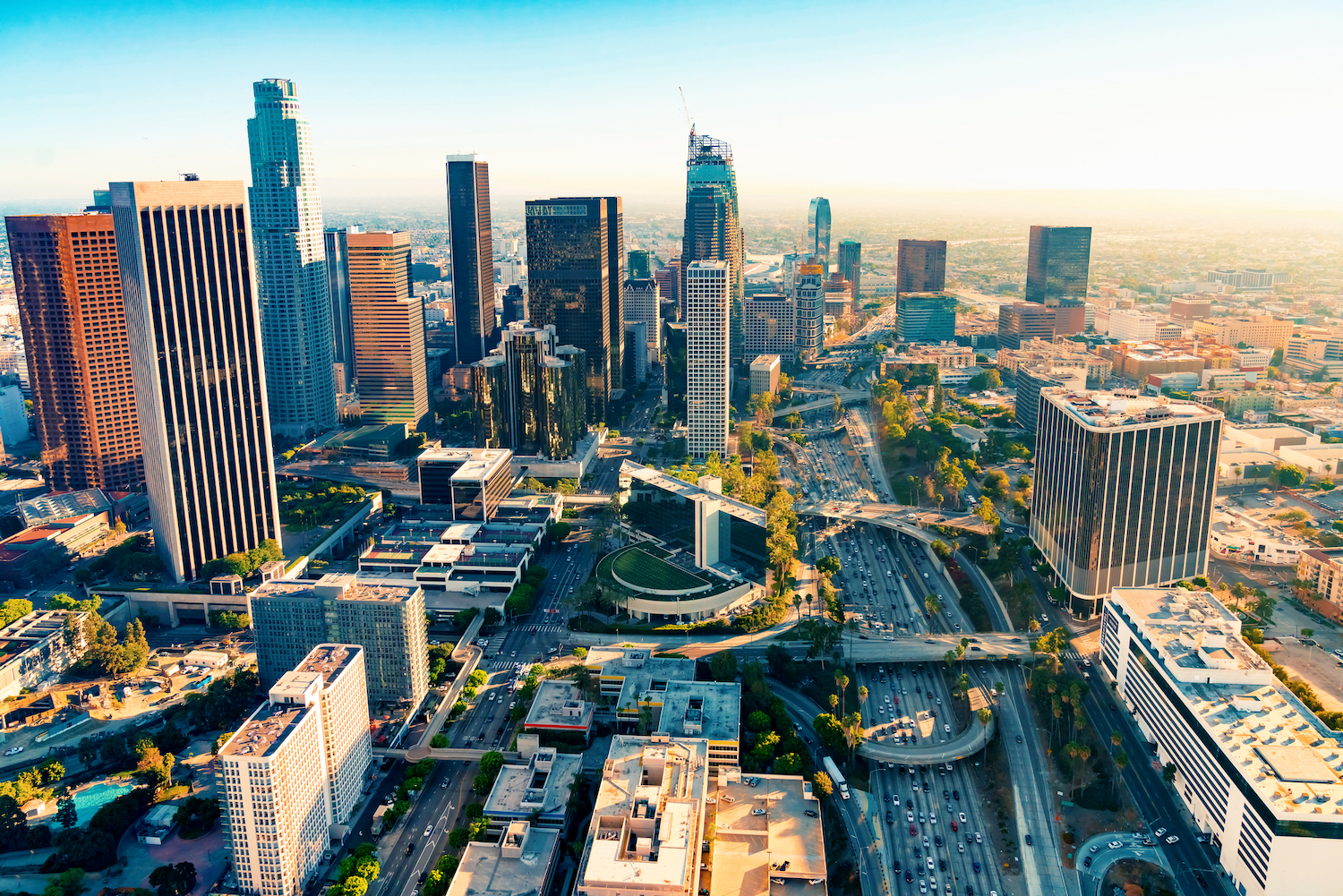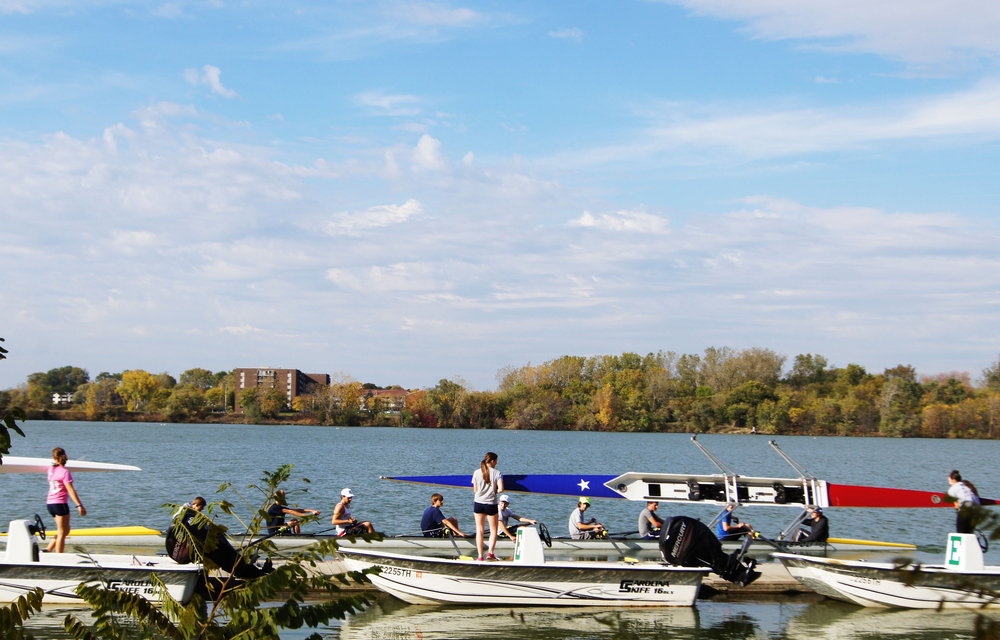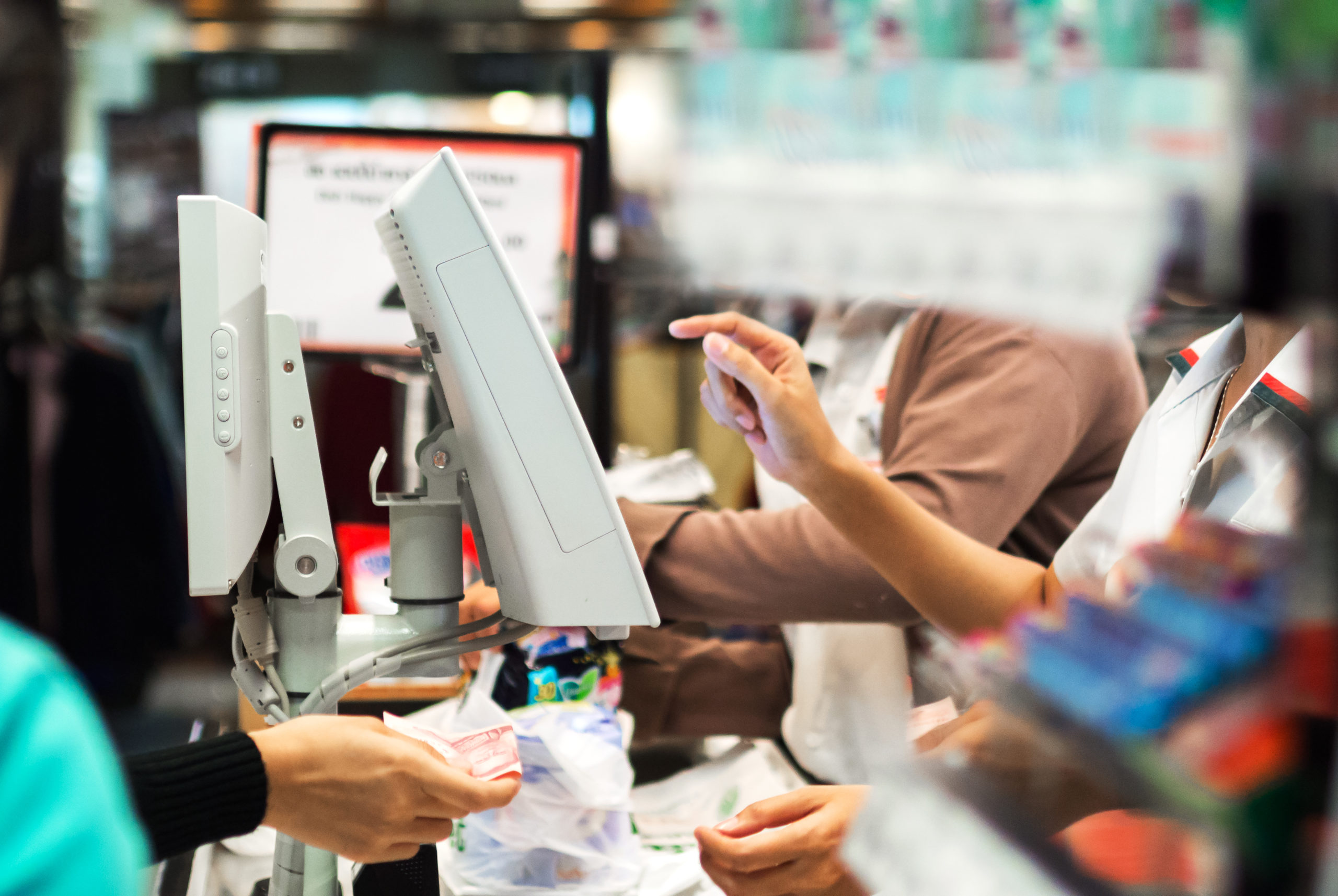Examining Educational, Workforce, and Earning Divides in the Asian American and Pacific Islander Community
Date: May 13, 2021

As we continue to celebrate Asian American and Pacific Islander Heritage Month, this week we have partnered with The Leaders Forum, which provides leading analysis of Asian American demographics and related public policy issues, to examine educational, workforce, and earning divides in the AAPI community.

Part and parcel of the American public’s perception of the AAPI community is that Asian American and Pacific Islanders have high levels of educational attainment. Overall, there is some merit to this generalization. On average, more than half, or 54.7 percent, of Asian American and Pacific Islanders have a college degree, compared to barely 1 out of 3 people in the United States overall. This is true for AAPI men and AAPI women alike, with AAPI men slightly more likely to have a college degree than women, 56.9 percent to 52.9 percent. AAPI immigrants who have arrived in the United States less than 5 years ago have even higher rates of educational attainment, 66.1 percent hold a college degree.
This high level of achievement, while something to celebrate, is the basis for the enduring model minority myth. This stereotype hides the fact that Asian Americans and Pacific Islanders, while more likely to have a college degree, are also more likely to lack a high school diploma. The model minority myth also hides persistent disparities among individual Asian American and Pacific Islander communities across a variety of measures from education levels, to income disparities, to poverty rates—all issues that are difficult to address if they are not identified.
Educational Attainment
Educational Attainment by Gender, Asian American and Pacific Islanders
| AAPI Men | AAPI Women | All AAPI | U.S. Average | |
|---|---|---|---|---|
| No High School Diploma | 10.5% | 13.6% | 12.2% | 11.4% |
| High School or Some College | 32.6% | 33.6% | 33.1% | 55.5% |
| Bachelor's degree | 29.7% | 31.1% | 30.4% | 20.4% |
| Advanced degree | 27.2% | 21.8% | 24.3% | 12.8% |
There are some groups that have extremely high levels of education attainment. Almost half (45.4 percent) of all Taiwanese Americans, for example, have an advanced degree (master’s, professional, or PhD degree) and almost 4 out 5 have at least a bachelor’s degree. Similarly, more than 3 out of 4 Indian Americans have a college degree.
Share of Adult Population with a College Degree (Age 25+), Largest 15 AAPI Groups
| Ancestry | Bachelor's degree | Advanced degree | Share with a College Degree |
|---|---|---|---|
| Taiwanese | 33.5% | 45.4% | 78.9% |
| Indian | 31.7% | 44.4% | 76.0% |
| Pakistani | 34.0% | 25.5% | 59.5% |
| Korean | 35.3% | 23.0% | 58.3% |
| Chinese | 27.7% | 29.2% | 57.0% |
| Japanese | 34.6% | 18.9% | 53.5% |
| Filipino | 39.7% | 10.1% | 49.8% |
| Bangladeshi | 27.8% | 21.7% | 49.5% |
| Nepalese | 24.2% | 22.2% | 46.4% |
| Thai | 29.5% | 16.6% | 46.0% |
| Vietnamese | 22.3% | 9.8% | 32.1% |
| Hmong | 18.7% | 5.8% | 24.5% |
| Cambodian | 18.6% | 5.1% | 23.7% |
| Pacific Islander | 12.8% | 6.2% | 19.0% |
| Laotian | 13.2% | 3.7% | 16.9% |
Other AAPI groups, however, have significantly lower educational attainment levels than the U.S. national average. For example, 19 percent of Pacific Islanders, a group that includes Native Hawaiians, hold a college degree. Meanwhile, less than 17 percent of Lao Americans have a college degree. These numbers, because they are often wrapped up into the larger Asian American or AAPI community, often go unnoticed. This is especially true for Pacific Islanders, who make up only 592,000 of the more than 19 million strong AAPI community.
The causes of these disparities stem from the varying histories and migration paths of each group. While many Asian immigrants have come as high-skilled workers or international students, many others have had much more difficult paths. Many foreign-born Vietnamese, Hmong, and Lao Americans came as refugees escaping war and instability and coming to America with little.
Share of Immigrant Adult (25+) Population with a College Degree and Share of Adult Population, Foreign-Born for Largest 15 AAPI Groups
| Share of All Adults with at BA | Share of Immigrants Adults with a BA | Share of All Adults, Immigrant | |
|---|---|---|---|
| Taiwanese | 78.9% | 76.2% | 79.4% |
| Indian | 76.0% | 75.7% | 90.1% |
| Pakistani | 59.5% | 58.2% | 86.9% |
| Korean | 58.3% | 55.9% | 81.4% |
| Japanese | 53.5% | 53.2% | 43.4% |
| Chinese | 57.0% | 52.8% | 81.6% |
| Filipino | 49.8% | 50.5% | 75.8% |
| Bangladeshi | 49.5% | 49.2% | 94.0% |
| Nepalese | 46.4% | 46.0% | 98.5% |
| Thai | 46.0% | 43.7% | 83.8% |
| Vietnamese | 32.1% | 28.0% | 84.6% |
| Cambodian | 23.7% | 21.6% | 73.7% |
| Hmong | 24.5% | 20.9% | 59.5% |
| Pacific Islander | 19.0% | 15.4% | 33.8% |
| Laotian | 16.9% | 15.1% | 75.7% |
These patterns become more apparent when we look at the share of immigrant adults with a college degree compared to the overall share of adults with a college degree. For some AAPI groups with lower educational attainment levels, foreign-born adults are even less likely to have a college degree, reflecting the arduous journey that many had to come to the United States. There is a silver lining in this data, however. The fact that the overall rate for these groups is higher, means that U.S.-born Vietnamese, Cambodian, Lao, and Hmong Americans are completing college at higher rates than their parents or grandparents.
The overall picture then of Asian Americans and Pacific Islanders is one of contrasts and extremes. On one hand, Asian Americans and Pacific Islanders are twice as likely to have an advanced degree, they are also more likely to lack a high school education.
Workforce Characteristics and Differences in the AAPI Community
This trend is also reflected in the kinds of jobs in which AAPI workers tend to work. Among the occupations with the highest shares of Asian American and Pacific Islanders, we find a range of high-skilled roles. Around 1 in 3 software developers and computer hardware engineers are Asian American or Pacific Islander. Meanwhile, Asian Americans and Pacific Islanders make up almost 1 in 4 physicians, life scientists, and physical scientists.
We also find many service workers, reflecting many of the workers who don’t have access to more professional roles, including manicurists, among whom almost 3 out of 4 are Asian American or Pacific Islanders, and gambling and casino workers, of whom 1 in 4 are AAPI.
Top Ten Occupations by Share of Workforce, AAPI
| Occupation | AAPI Workers | Share of Workforce, AAPI |
|---|---|---|
| Manicurists and pedicurists | 199,500 | 73.5% |
| Software developers | 558,200 | 33.8% |
| Computer hardware engineers | 19,700 | 32.1% |
| Acupuncturists | 6,800 | 31.4% |
| Misc. life scientists | 41,900 | 29.9% |
| Physical Scientists, all other | 95,300 | 29.1% |
| Computer and Information Research Scientists | 10,200 | 28.9% |
| Software Quality Assurance Analysts and Testers | 20,100 | 28.0% |
| Gambling and Casino Workers | 29,900 | 25.1% |
| Physicians | 206,500 | 22.6% |
Among college-educated AAPI workers, the most popular jobs are often STEM or healthcare-related. There are more than 539,000 Asian American and Pacific Islander software developers, almost 271,000 AAPI registered nurses, and more than 206,000 AAPI physicians.
Whereas only 7 percent of all U.S. workers are in STEM jobs. More than 18.4 percent of all Asian American and Pacific Islander workers are in STEM. Among AAPI immigrants, this number increases to more than 20.2 percent, or more than 1 in 5 workers. Recent AAPI immigrants, those who have come to the United States less than 5 years ago, are even more likely to be STEM workers, with more than 29 percent of all recent AAPI immigrant workers filling STEM roles.
Among AAPI workers without a college degree, we find a range of occupations that often are found in food service and retail industries, including cashiers, cooks, waiters, salespeople and delivery drivers.
In addition to this, we find that Asian American and Pacific Islanders are modestly entrepreneurial, but that it’s AAPI immigrants who are more likely to own their own businesses. Overall, in the United States, there are almost 948,000 Asian American and Pacific Islander business owners across the United States. While 9.4 percent of workers in the United States owned their own business, more than 10 percent of AAPI immigrant workers did.
Income Inequality
While Asian American and Pacific Islanders rank among some of the highest earners on average in the United States, many others, especially those without a college degree, have less stable and far more modest incomes. As we examined in previous research, Asian American and Pacific Islanders suffer from some the highest levels of income inequality in the United States. The median income for college educated Asian American and Pacific Islander workers is $75,000, higher than even white workers at $60,000. However, AAPI workers without a college degree suffer from lower median incomes at $26,000, on par with similarly skilled Black and Hispanic workers. These groups all earn less than their white counterparts, who have a median income of $30,000.
If we look at five of the largest AAPI ancestry groups, we find even greater levels of inequality between high and low-skilled workers. Chinese workers without a college degree on average earn only $22,800, far below white workers without a degree. Similarly, Indian and Vietnamese workers without a college degree also earn less, at $24,000, than similarly skilled Black or Hispanic workers.
These modest incomes are reflected as well in the share of people who live under or close to the poverty line. While on average, Asian American and Pacific Islanders are less likely to live in poverty than the average American, specific AAPI groups suffer from significantly higher poverty rates. Among major AAPI groups, Bangladeshi Americans suffer from some of the highest poverty rates in the country, with 19.1 percent living under the poverty line. Similarly, Pacific Islander, Lao, Hmong, Nepalese, and Chinese Americans all have poverty rates higher than the national average of 12.4 percent.
These numbers do not include those who are above the poverty line but are still under 200% of the federal poverty level, who, if eligible, would qualify for programs like Medicaid or CHIP.
Share of People Living in Poverty or Under 200% of the Federal Poverty Level
| Below Federal Poverty Line | Between 100% and 200% Poverty Level | More than 200% Poverty Level | |
|---|---|---|---|
| Bangladeshi | 19.1% | 22.5% | 58.4% |
| Pacific Islander | 14.6% | 18.6% | 66.8% |
| Laotian | 14.6% | 18.3% | 67.2% |
| Hmong | 14.1% | 23.5% | 62.4% |
| Nepalese | 13.5% | 23.9% | 62.6% |
| Chinese | 13.2% | 12.9% | 73.9% |
| Pakistani | 12.4% | 17.7% | 70.0% |
| Korean | 11.3% | 12.5% | 76.3% |
| Thai | 11.3% | 13.9% | 74.9% |
| Vietnamese | 10.8% | 18.9% | 70.4% |
| Cambodian | 10.6% | 19.9% | 69.5% |
| Taiwanese | 8.0% | 6.7% | 85.3% |
| Japanese | 7.5% | 7.7% | 84.8% |
| Indian | 5.9% | 7.4% | 86.8% |
| Filipino | 5.6% | 9.6% | 84.7% |
| U.S. Average | 12.4% | 16.6% | 71.0% |
| AAPI Average | 9.8% | 12.5% | 77.7% |

